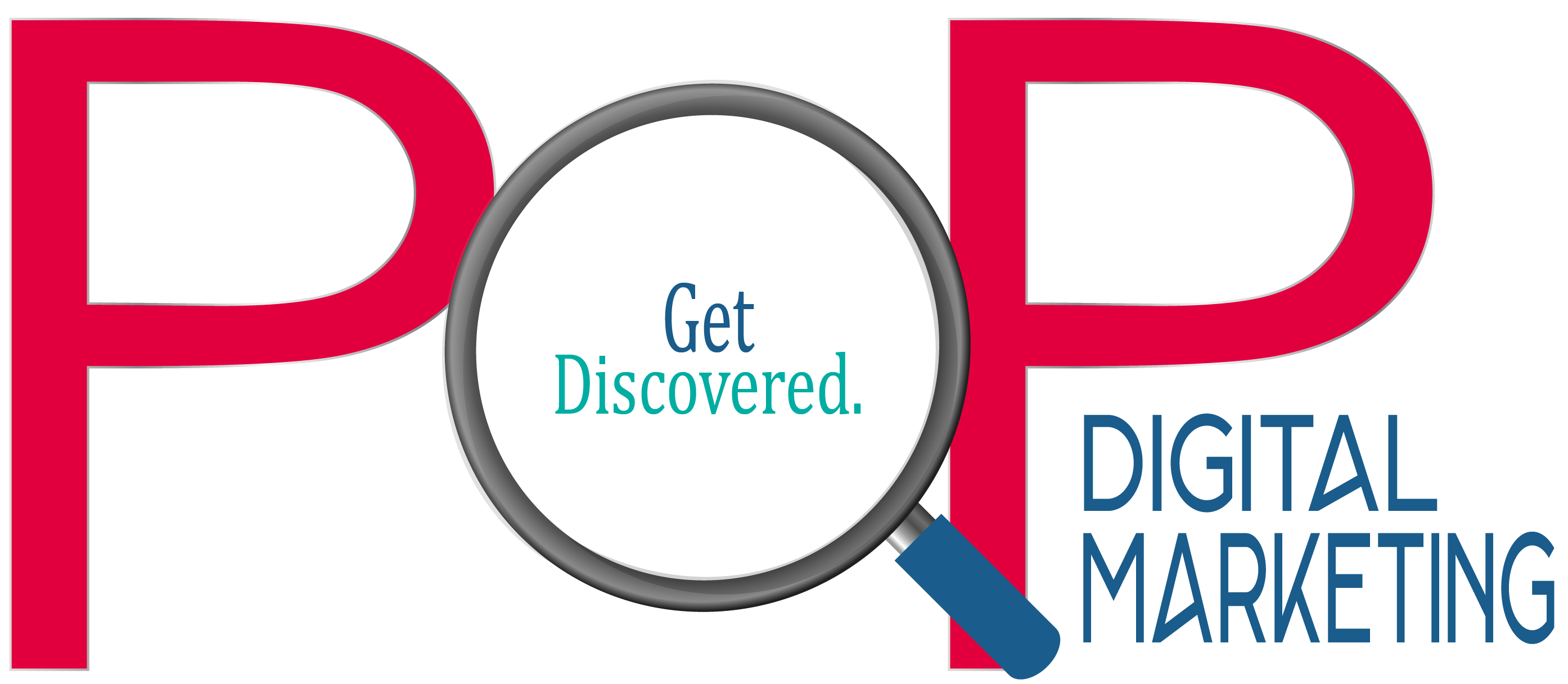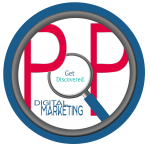
It was only a few years ago when the term “Word of Mouth” was interpreted literally: Person A heard about Product or Service directly from Person B’s mouth. Through the past few years, it has taken on a completely new meaning as communication on a whole between people has drastically changed.
Many businesses, primarily small-medium sized ones were built on and sustained by customer recommendations and through the “old word of mouth method”. As technology expands, our communication skills among people, customers, families and friends has adapted as well. Many schools have lessened curriculum on cursive writing, and increased curricula surrounding computer skills and even teaching coding and social media. People now share life history, pictures, and personal stories through social media, texts and emails. When someone is looking for a suggestion of a doctor, service or product, they crowd-source online.
So how do we utilize this relatively new way of communication and still hold on to our word of mouth marketing strategy?
5 Ways to Increase your Word of Mouth Online Marketing Success:
- Generate likes on your products, services and pages. Make sure your website is optimized with social media buttons. While in the past, people verbally told their friends they liked something, now people are share their preferences through “likes” and clicks. When one person “likes” a website, Facebook business page, LinkedIn update etc. all of their followers are potentially exposed to seeing that “like”. Just as with the traditional word of mouth, this new way is powerful in that people “trust” what their friends share and like online.
- Solicit Positive Reviews. Set up your company YELP, Google Maps, Facebook and LinkedIn pages and encourage your happy customers to write a short review about why they come to you. These reviews are magnificent in that they are always available (24/7!) and can be found by just about anyone looking for information on your company.
- Watch your “company” with Google Alerts. Strategically outline important Brand and Industry keywords and sign up for notifications whenever those keywords are mentioned online. Then, JOIN THE CONVERSATION. If someone is searching in an online group for a product or service you sell, Google Alerts will let you know so you may answer them in that group in real time.
- Become the thought leader in your industry. The more you position yourself as the expert, the higher the likelihood people will recommend you to others for that service. If you are blogging all the time about a specific subject, you will be seen as the professional, even if that reader has never used you before. When people read your blogs, watch your videos, see your tweets and posts about industry related services or products, they begin to respect and TRUST your knowledge. They then feel comfortable recommending you to others as that expert!
- Find influential people in your target industry. This one takes a bit more research work, but there are always tweeters, bloggers and facebookers who love to write about YOUR product and industry. They have tons followers who already trust them, and they can become a very strong ally when it comes to recommending your services. Find them, befriend them and join forces to create an equally beneficial partnership!




Recent Comments